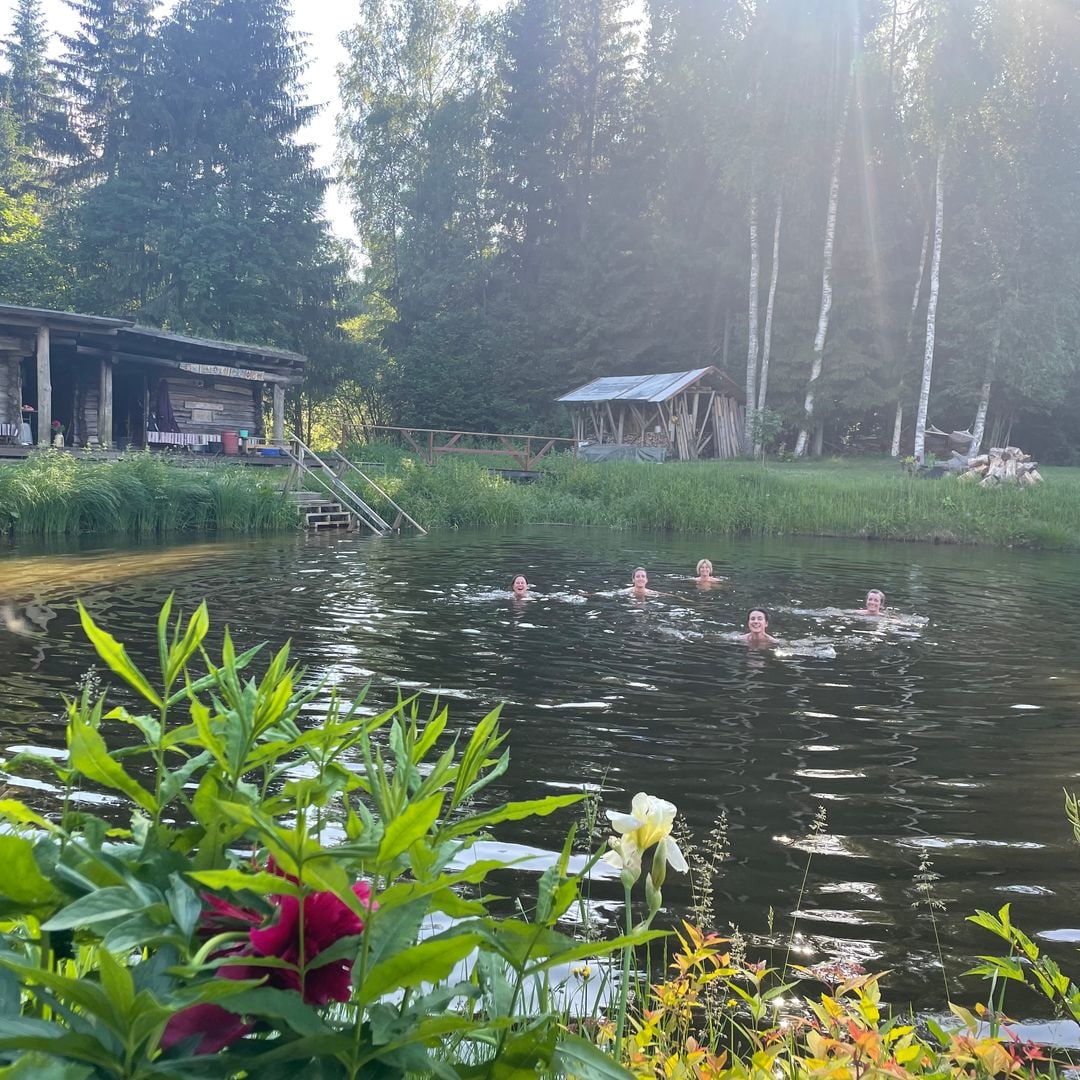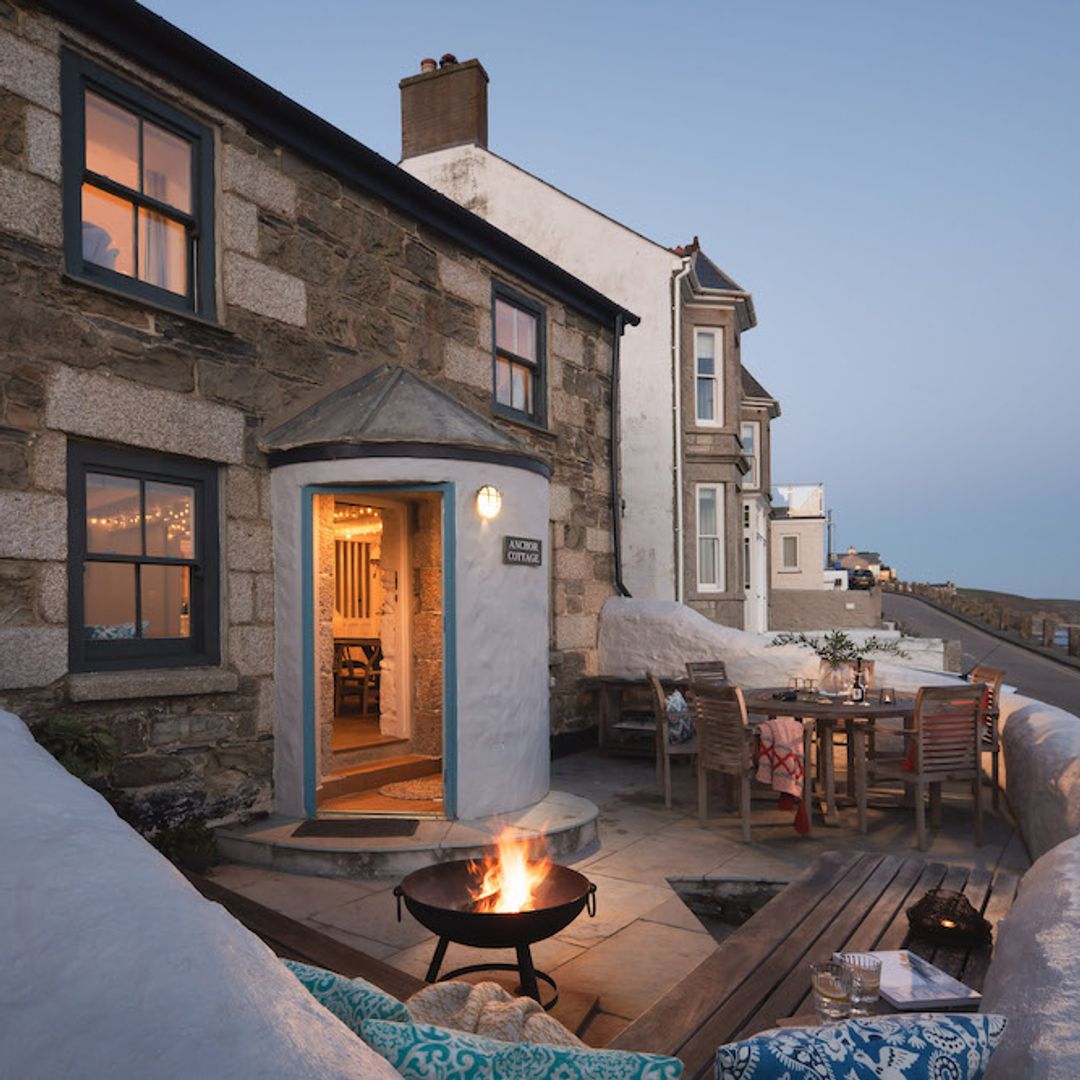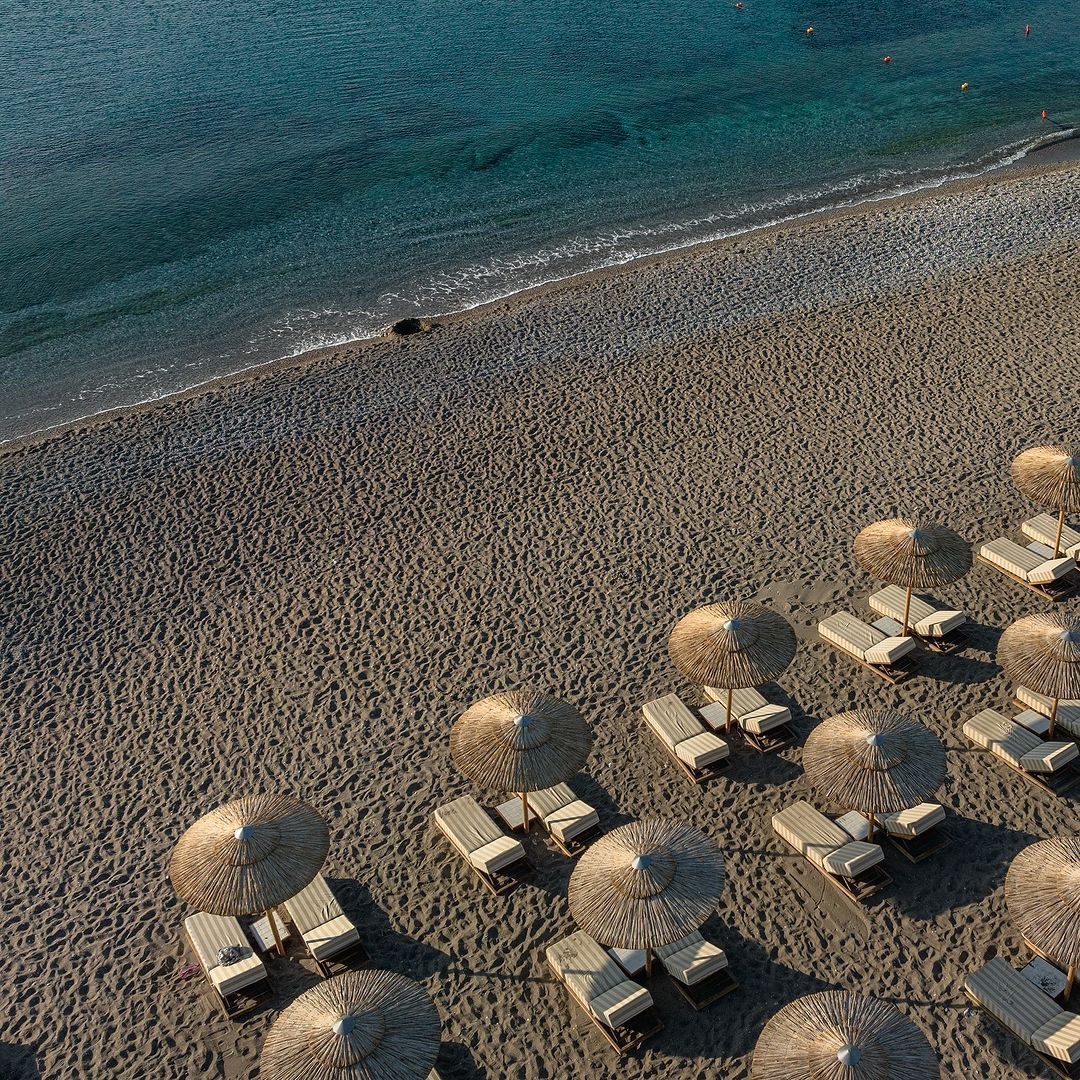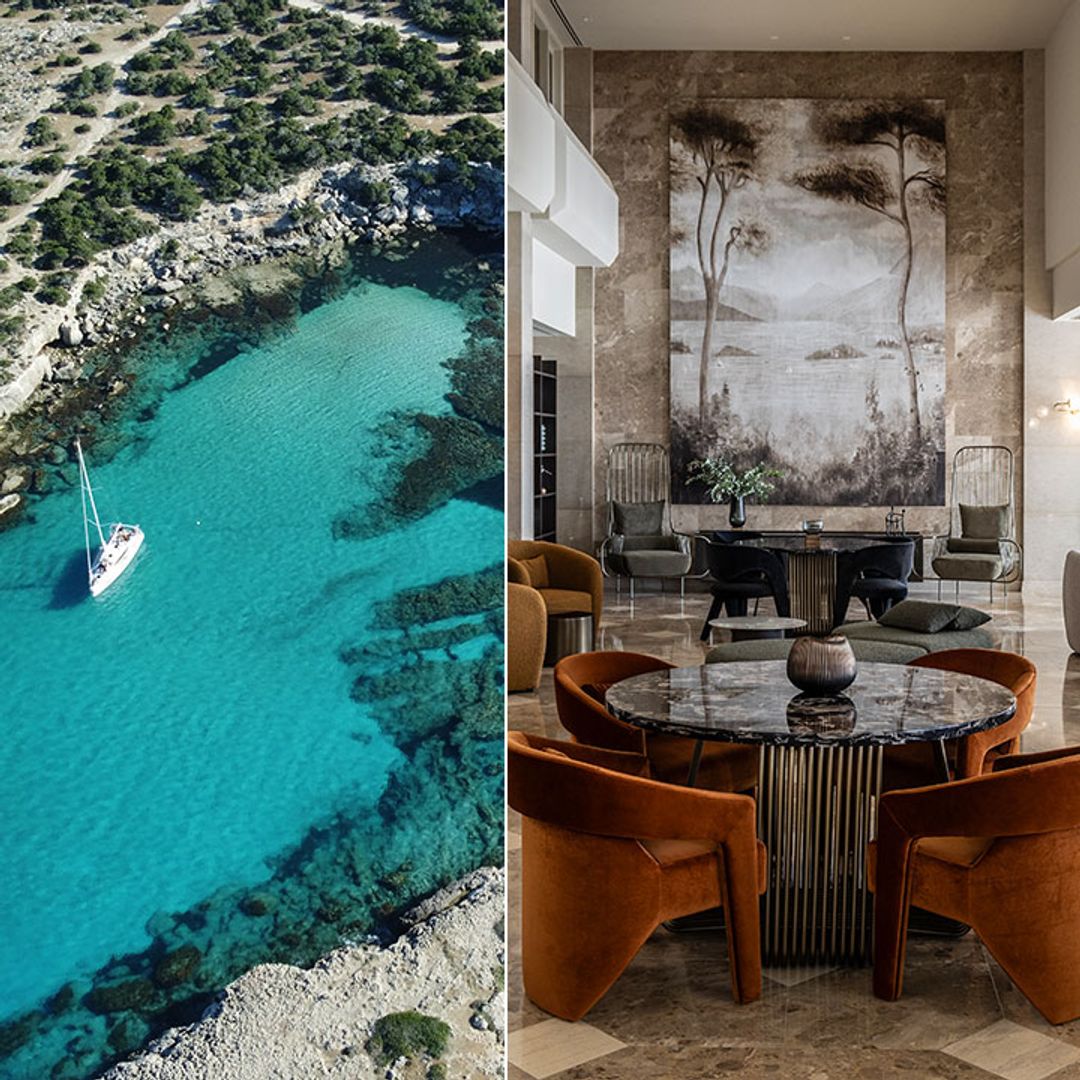Through Southern Germany, where the region of Bavaria, borders Austria and Switzerland, runs one of the oldest and most beautiful tourist itineraries in the country, the Romantische Strasse – the Romantic Road. This 350-kilometre route connects the city of Wurzburg in the north with Fussen in the south near the Austrian Alps, and presents a perfect fairy-tale setting of castles, medieval villages and churches, Baroque palaces and spreading vineyards.
The city of Wurzburg, built on the banks of the River Main is the setting out point for the route, which follows the path of an ancient Roman road that crossed the territories of the modern regions of Bavaria and Baden-Wurttemberg. For centuries, Wurzburg was ruled by prince-bishops who commissioned splendid buildings to adorn the town, including the Residenz, a beautiful palace complex that dazzles with its Rococo architecture and frescoes by Tiepolo. The most romantic perspective of the palace is offered from the Alte Mainbrucke – the old main bridge – itself a point of interest as it dates from the fifteenth century and was later decorated with statues of saints and famous people.
The route continues to Rothenburg ob der Tauber, one of the most attractive medieval towns in Europe. This quintessentially German town was the inspiration for the village in Disney's Pinocchio (1940) and also appeared in Harry Potter and the Deathly Hallows Part I (2010). The town offers a picturesque image of half-timbered houses, colourful facades and steep red roofs. The well-preserved town wall features a number of watch towers which offer splendid views over the surrounding countryside.
Farther south lie the charming town of Dinkelsbuhl, perfectly preserved within the town walls and firmly anchored in the Middle Ages, and Donauworth, where the oldest part of the town is set on an island at the point where the Wornitz and Danube meet.
In the late fifteenth century, Augsburg was a centre of European high finance, thanks to such names as the Welter and Fugger families. A tour of this Renaissance city, the third oldest city in Germany, must include the Rathaus (the town hall), which dates from 1620 and was the first six-storey building in the world. Although badly damaged in the war, the vast Goldener Saal, or Golden Hall, was completely restored according to historical documentation, and is an awe-inspiring work of Renaissance art with murals and a glorious gold coffered ceiling. The Augsburg cathedral boasts the oldest stained-glass windows in Germany, and the Fuggerei, founded in 1519, is the world's oldest social housing complex; gated like a small independent, town, it is still inhabited today.
Reaching the lovely town of Schongau, in the wild Ammer valley, the scent of the mountain air is apparent. Near the town lies Rottenbuch Abbey, an Augustinian monastery dating from the eleventh century. The Rococo-style Pilgrimage Church of Wies – the Wieskirche – with its sumptuous interior decoration of stucco-work and frescoes is on the UNESCO World Heritage List.
The beautiful scenery at the southern end of the Romantic Road was the setting chosen by the mad King Ludwig II of Bavaria to build a number of stunning castles where he hoped to find the solitude and peace he sought. The most spectacular of these, Neuschwanstein, was the inspiration for Sleeping Beauty's castle in the 1959 Disney classic. The castle offers breathtaking views across the valley to the twelfth-century Hohenschwangau castle, where the king spent much of his childhood.
Finally, the southernmost tip of this romantic trail is the city of Fussen, in the mountains just a few miles from the Austrian border. The highest town in Bavaria is home to the sprawling Hohes Schloss (the High Castle), a well-preserved Gothic complex. The town is famous for its spas and outdoor activities, and a fit ending point for this trail of history, art and romance.







